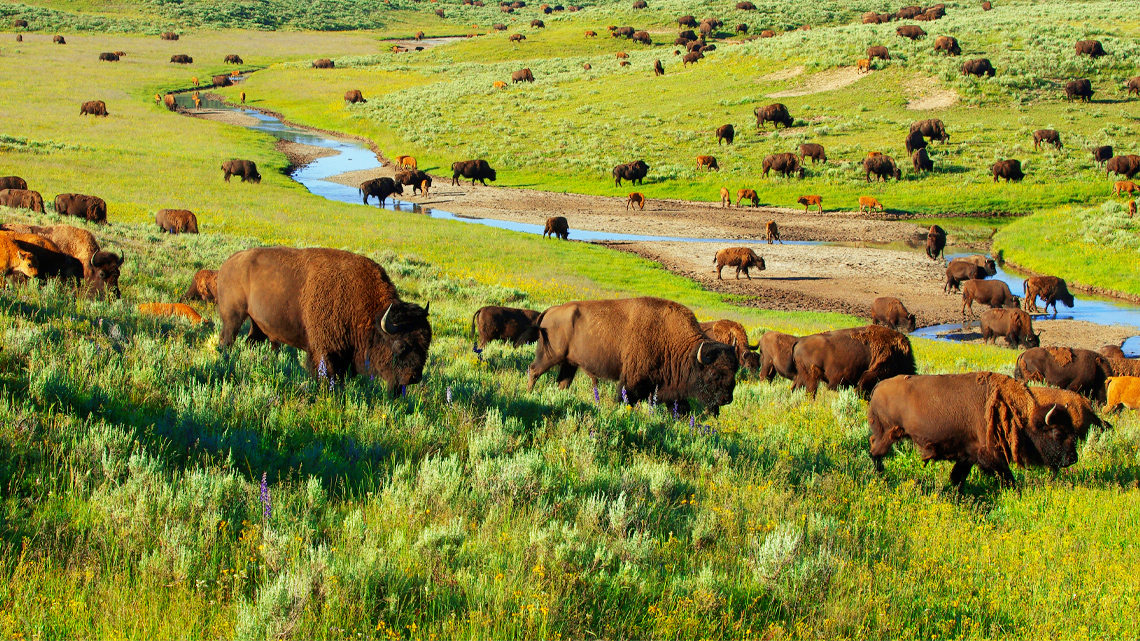Minds On
Feedback
A store owner wants to create a customer feedback survey to learn about the shopping experience of their customers.
Using the tool of your choice, create three questions that the store owner might ask their customers to learn about their shopping experience.
When you are finished, review your questions and think about the following:
- Do my questions need an answer that uses words or an answer that uses numbers?
- How are questions that need an answer with words different than questions that need an answer with numbers?

Action
Types of data
When we conduct research we gather many kinds of information. These are the two types of data:
Qualitative data is descriptive data that can be organized by categories. For example: type of pet, favourite book, or eye colour.
Quantitative data is numbered data that can be determined by counting or measuring. For example: number of sides, speed, or amount of rainfall.
Student Success
Think-Pair-Share
Consider the following question and record your response in a method of your choice. If possible, discuss your response with a partner.
- How do these definitions of qualitative and quantitative relate to the Opie’s Home video we explored in our Minds On activity?
Review the three customer feedback questions you created in our Minds On activity. Compare your questions to the sample questions listed below. Think about whether the questions are used to collect qualitative data or quantitative data.
|
Sample Questions – Customer Feedback Survey |
|---|
|
A) How many times per week do you visit our store? |
|
B) What product is your favourite? |
|
C) On a scale from one to ten, how satisfied are you with our products? |
|
D) What products would you like us to stock that are not currently available? |
Out of the questions you created and the sample questions above, which three would you choose for a customer feedback survey? Think about the following as you make your choices:
- When would someone want to collect qualitative data?
- When would someone want to collect quantitative data?
Note to teachers: See your teacher guide for collaboration tools, ideas and suggestions.
Could one be more accurate?
Explore the data in the two following tables.
Table one: favourite ice cream flavour
Twenty people were surveyed and asked, “What is your favourite ice cream flavour?” The data is displayed in the table below.
Favourite Ice Cream Flavour Survey
|
Flavour |
Number of votes |
|---|---|
|
Chocolate |
4 |
|
Vanilla |
2 |
|
Strawberry |
1 |
|
Mango |
1 |
|
Mint Chip |
4 |
|
Bubble gum |
5 |
|
Cotton Candy |
3 |

Table two: number of math periods per week
Twenty students were surveyed and asked, “How many periods a week do you have math?” The data is displayed in the table below:
Number of Math Periods Per Week Survey
|
Name |
Number of periods |
|---|---|
|
Learner A |
0 |
|
Learner B |
0 |
|
Learner C |
1 |
|
Learner D |
2 |
|
Learner E |
1 |
|
Learner F |
6 |
|
Learner G |
5 |
|
Learner H |
4 |
|
Learner I |
0 |
|
Learner J |
1 |

Think about the type of data that was in each table. Does one set of data give you more information than the other? Why or why not?
Does comparing different types of data give you a clearer idea of the difference between qualitative data and quantitative data?
Qualitative or quantitative?
Review the following scenarios and decide if they require collecting qualitative data or quantitative data:
- You want to know what activity is the most popular at recess.
- You want to know how many students are participating in each activity during recess.
- You want to determine what the temperature in Barrie, Ontario was for each day in the month of August.
- You would like to find out the favourite food of students at your school.
- You want to determine the number of elephants in a photo.
Record your answers using the tool of your choice.
Identifying types of data
Explore the photo of a herd of bison below:
A herd of bison grazes near a stream in a field. There are many calves in the herd.
Imagine that you are a biologist studying bison in their natural habitat. You observe them and document their behaviours to analyze later.
Using the tool of your choice, list two examples of qualitative data and two examples of quantitative data that you could obtain from your observations.

Imagine that you are a biologist studying bison in their natural habitat. You observe them and document their behaviours to analyze later.
Using the tool of your choice, list two examples of qualitative data and two examples of quantitative data that you could obtain from your observations. Be ready to share with the class.
Consolidation
Surveys in real life
Think about the following questions and record your answers using the tool of your choice:
- When would someone collect qualitative data in real life?
- When would someone collect quantitative data in real life?

Survey data
Think about the following statement: “It is better to collect qualitative data than quantitative data when conducting a survey.”
Do you agree with this statement? Why or why not?
Reflection
As you read through these descriptions, which sentence best describes how you are feeling about your understanding of this learning activity? Press the button that is beside this sentence.
I feel…
Now, record your ideas using a voice recorder, speech-to-text, or writing tool.
Connect with a TVO Mathify tutor
Think of TVO Mathify as your own personalized math coach, here to support your learning at home. Press ‘TVO Mathify’ to connect with an Ontario Certified Teacher math tutor of your choice. You will need a TVO Mathify login to access this resource.
TVO Mathify (Opens in a new tab)